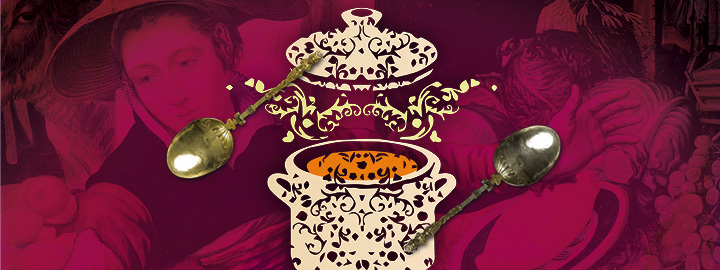Information
2014 mars 29 - 2014 novembre 02
General public
From the kitchens to the ceremonial rooms, this exhibition makes use of the château and its architecture in a quest to explore the eating habits of nobles during the Renaissance. A veritable transition between Middle Ages dining and the 17th century, the Renaissance meal was affected by the spread of printed books – a vector of culinary innovations, but also by a humanism which re-positioned man at the heart of table manners. The discovery of distant lands also allowed for the introduction of new culinary produce, such as turkey for example, which was highly prized in the 16th century. How exactly did these different changes come about?
The exhibition takes visitors on a journey to the heart of the culinary imagination and eating habits of the Renaissance. An exploration of Renaissance food and dining reveals numerous social issues and dreams of plenty such as the utopian land of milk and honey, as illustrated by the profusion of noble banquets. Furthermore, the objects and documents on display pinpoint the contradictions of a religious morality in crisis but also dietary precepts based upon an original representation of the universe.
From religious restrictions to good table manners, from the food lovingly prepared by connoisseurs to the tables of the rich and powerful, this exhibition presents the public with a historic and appetizing vision of what would, in time, become a form of heritage in its own right – the beginnings of French gastronomy.
A visit to suit all tastes
Seul ou à plusieurs, en famille ou entre amis, vous retrouverez dans cette exposition tous les ingrédients pour passer un bon moment : du péché de la gourmandise aux bonnes manières, de l’abondance des mets aux principes diététiques en passant par l’agitation des cuisines, tout est fait pour vous transporter dans l’ambiance des banquets de la Renaissance.
POUR TOUS
Visite libre
Le quart d’heure léonard
Proposé de manière ponctuelle et impromptue, le quart d’heure léonard est une courte animation qui permet, en 15 minutes chrono, d’approfondir un aspect particulier de ce vaste sujet qu’est l’alimentation. « Argot de cuisine », « Épices versus
herbes ! », « Qui mange quoi ? » : quelques exemples de thématiques qui pourront être abordées selon l’humeur (gourmande) du médiateur.
Compris dans le droit d’entrée
Download
See also
-
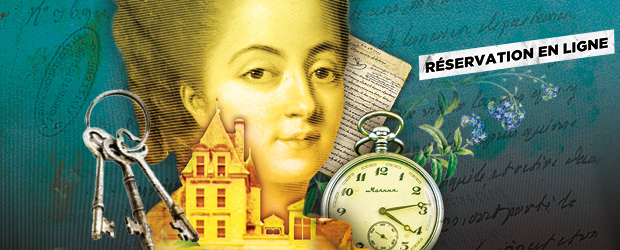
Kerjean 05 avril - 02 nov.
ESCAPE GAME 2025
Event
Venez vivre un escape game dans un lieu prestigieux.Vous avez 60 minutes pour enquêter, déjouer toutes les énigmes et lever le voile sur l'intrigue ! Le compte à rebours...
Venez vivre un escape game dans un lieu prestigieux.Vous avez 60 minutes pour enquêter, déjouer toutes les énigmes et lever le voile sur l'intrigue ! Le compte à rebours... -
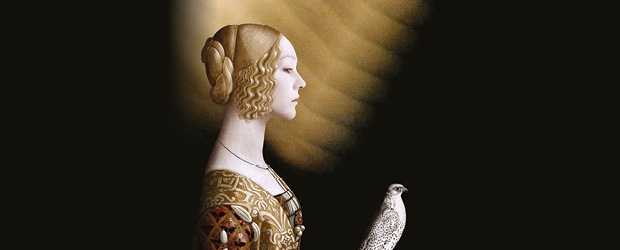
Kerjean 26 avril - 02 nov.
Passé-présent. Les photographies de Sabine Pigalle
Temporary exhibition
Sabine Pigalle est une artiste contemporaine de renommée internationale, dont le medium privilégié est la photographie. Au Château de Kerjean, l’artiste...
Sabine Pigalle est une artiste contemporaine de renommée internationale, dont le medium privilégié est la photographie. Au Château de Kerjean, l’artiste... -

Kerjean 09 juil. - 13 sept.
Les Nuits de Kerjean #2025
CET ÉTÉ, VIVEZ UNE SOIRÉE HORS DU TEMPS AU CHÂTEAU DE KERJEANImaginez une douce soirée d’été… Vous êtes là les...
CET ÉTÉ, VIVEZ UNE SOIRÉE HORS DU TEMPS AU CHÂTEAU DE KERJEANImaginez une douce soirée d’été… Vous êtes là les... -
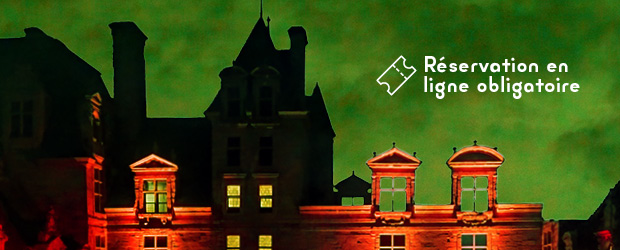
Kerjean 23 oct. - 31 oct.
Murder-party #2025
Event
Un jeu d'enquête grandeur nature ! Parviendrez-vous à résoudre le mystère qui plane sur le Château de Kerjean ?En cette froide nuit d’automne, une curieuse...
Un jeu d'enquête grandeur nature ! Parviendrez-vous à résoudre le mystère qui plane sur le Château de Kerjean ?En cette froide nuit d’automne, une curieuse... -
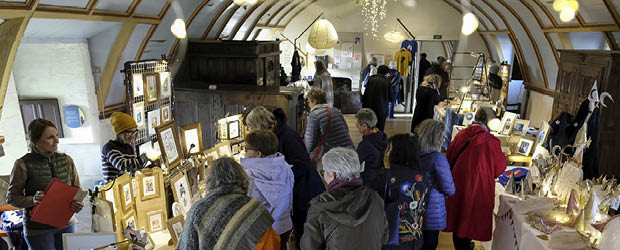
Kerjean 28 nov. - 30 nov.
Noël des créateurs #2025
Event
Découvrez une multitude de créations originales au fil des salles du château ! Le Noël des créateurs du Château de Kerjean est...
Découvrez une multitude de créations originales au fil des salles du château ! Le Noël des créateurs du Château de Kerjean est... -

Kerjean 20 déc. - 04 janv.
STORIES AT THE CASTLE copy copy copy copy
Event
The ideal time to showcase the Château de Kerjean around the theme of fairy tales and to revisit the history of this enchanting site by highlighting the female figures...
The ideal time to showcase the Château de Kerjean around the theme of fairy tales and to revisit the history of this enchanting site by highlighting the female figures... -
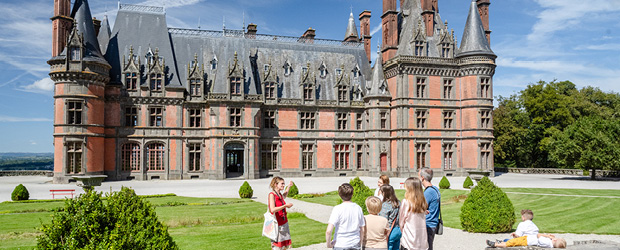
20 sept. - 21 sept.
EUROPEAN HERITAGE DAYS copy copy copy copy
Event
New season, new edition of heritage daysActivities, entertainment, visits and on some sites, the exceptional opening of spaces usually closed to the public. Every year, almost 10,000 visitors come to...
New season, new edition of heritage daysActivities, entertainment, visits and on some sites, the exceptional opening of spaces usually closed to the public. Every year, almost 10,000 visitors come to... -

Daoulas 26 avril - 30 nov.
Les Balades photographiques de Daoulas #2025
Temporary exhibition
Au jardinLes Balades photographiques de Daoulas vous invite chaque année à la promenade dans la charmante petite ville de caractère de Daoulas. Au fil du parcours, votre regard...
Les Balades photographiques de Daoulas vous invite chaque année à la promenade dans la charmante petite ville de caractère de Daoulas. Au fil du parcours, votre regard... -
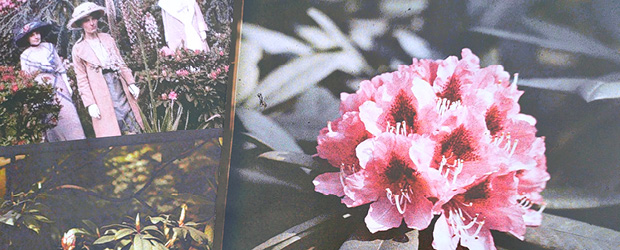
Trévarez 26 avril - 31 déc.
Images du jardin d'Albert Kahn au domaine de Trévarez
Temporary exhibition
Au jardinUne vingtaine de photographies en couleurs issue des collections du Musée départemental Albert Kahn est exposée dans les allées du parc du Domaine de Trévarez....
Une vingtaine de photographies en couleurs issue des collections du Musée départemental Albert Kahn est exposée dans les allées du parc du Domaine de Trévarez.... -
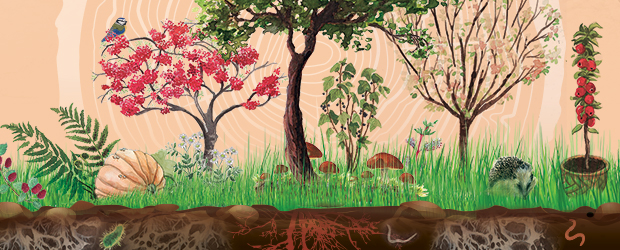
Relec 10 mai - 02 nov.
CREATING A VEGETABLE GARDEN copy copy copy
Temporary exhibition
Au jardinThe dream of many city dwellers, a vegetable garden is an ideal Sunday activity, a small step towards self-sufficiency, and a perfect place for unwinding and de-stressing.This year’s exhibition...
The dream of many city dwellers, a vegetable garden is an ideal Sunday activity, a small step towards self-sufficiency, and a perfect place for unwinding and de-stressing.This year’s exhibition... -
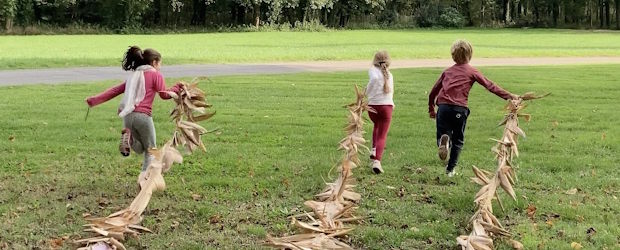
Relec 05 juin - 02 nov.
CREATING A VEGETABLE GARDEN copy copy copy copy
Temporary exhibition
Au jardinThe dream of many city dwellers, a vegetable garden is an ideal Sunday activity, a small step towards self-sufficiency, and a perfect place for unwinding and de-stressing.This year’s exhibition...
The dream of many city dwellers, a vegetable garden is an ideal Sunday activity, a small step towards self-sufficiency, and a perfect place for unwinding and de-stressing.This year’s exhibition... -

Daoulas 06 juin - 30 nov.
Ile{s}
Temporary exhibition
EventNouvelle expo-événement à l'Abbaye de Daoulas ! Plongez dans un voyage fascinant au coeur des îles du monde à travers un parcours en huit...
Nouvelle expo-événement à l'Abbaye de Daoulas ! Plongez dans un voyage fascinant au coeur des îles du monde à travers un parcours en huit...
